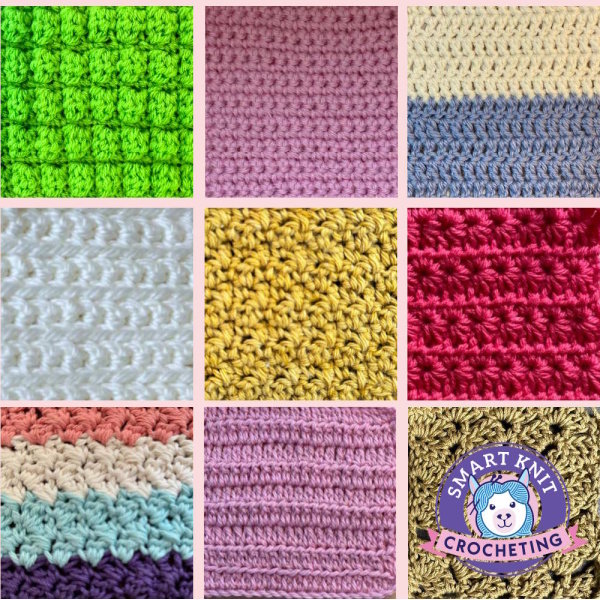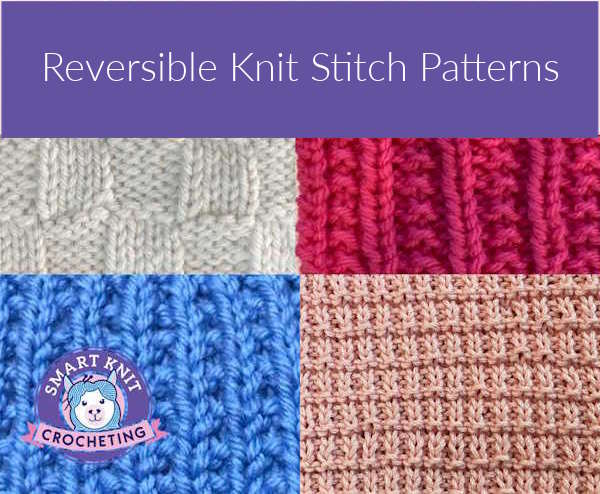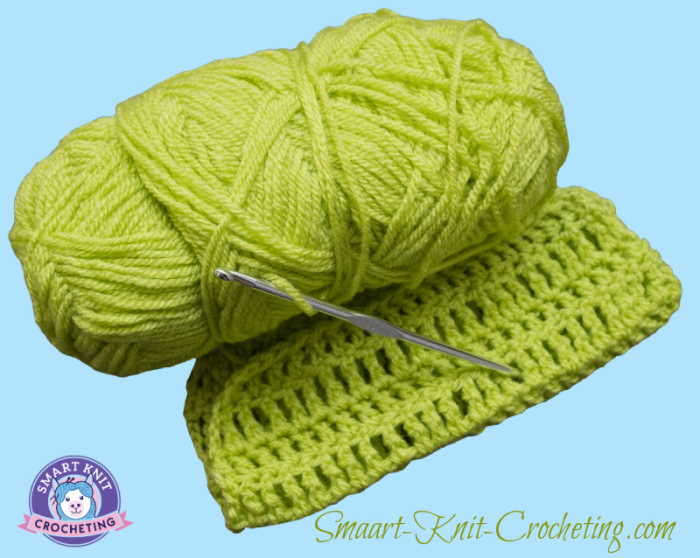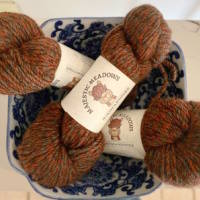- Home
- How to Knit: Basics
- Decrease a Stitch
How to Decrease a Stitch in Knitting
Decrease a Stitch
Decreasing Knitting Stitches is a fundamental technique in knitting that allows you to shape garments, create intricate lace patterns, and add beautiful textured details to your projects. Mastering various decrease methods can elevate your knitting skills and unlock a world of creative possibilities.
Table of Contents
Single Right-Leaning Decreases
Right Slanting Double Decreases
Left slanting (Leaning) Double Decreases
Understanding Decreasing Knitting Stitches
A decrease in knitting involves combining two or more stitches into one, reducing the total stitch count. This manipulation of stitches gives rise to shaping in garments, such as armholes, sleeve caps, necklines, and waists.
Decreases are also essential for creating visual interest, from delicate lacework to textured cables and ribs.
Standard Techniques Used When Making a Decrease in Knitting
Slipping a Stitch
Many of the techniques on this page require you to slip a stitch. Slipping a stitch is simply passing a stitch from the left needle to the right needle without knitting or purling it. Most slipped stitches are worked knitwise when working decreases.
To slip a stitch knitwise, insert the right needle into the next stitch as if
to be knitted but do not knit. Pull the stitch off of the left needle and place
it on the right needle. The unworked stitch is now on the right needle.
To slip a stitch purlwise, insert the right needle into the next stitch as if to be purled, but do not work it. Pull the stitch off the left needle and place it on the right needle. The unworked stitch is now on the right needle.
Decrease Knit Stitches: Common Abbreviations
You will encounter a variety of abbreviations used when describing decreases. Here are a few for your reference
K2tog: Knit two together
P2tog: Purl two together
K2tog tbl: Knit two together through the back loop
P2tog tbl: Purl two together through the back loop
CDD: Central double decrease
Ksp: Knit, Slip, Pass
SPP: Slip Purl Pass
SPP: Slip Purl Pass
SSK: Slip, Slip, Knit
SSP: Slip Slip Purl
SKP: Slip, Knit, Pass (PSSO)
K3tog: Knit three together
P3tog: Purl three together
SSSK: Slip, slip, slip, knit
SSSP: Slip, slip, slip, purl
S2KP2 (Slip 2 Together, Knit 1, Pass2) or sl2-k1-p2sso
SK2P slip 1 knitwise, knit 2 together, pass slip stitch over knit 2 together; double left-leaning decrease
Types of Decreases
Knitting offers a variety of decrease techniques, each producing a unique slant and visual effect. These can be broadly categorized into right-leaning, left-leaning, and centered decreases.
Decreases can also be categorized as Single or Double.
Single Right-Leaning Decreases
These decreases slant to the right (as seen from the right side of the fabric) and are often used to shape the right side of garments or create symmetrical patterns when paired with left-leaning decreases.
1. K2tog (Knit Two Together)
This is the most common right-leaning decrease. You knit two stitches together as if they were one, creating a single stitch that leans to the right. This one is used when shaping armholes and necklines on the right side of the garment.
Directions:
- To knit two stitches together in the knit row,
- Insert your right needle tip through the first two stitches on the left-hand needle at once,
- Knit them as if they are a single stitch.
For a mirrored appearance, the K2tog is paired with the SSK.
Problems that Can Occur:
Twisting the stitches. This creates a small bump on the fabric and disrupts the smooth line of the decrease. Make sure that both stitches are oriented on the needle correctly.
Knitting too tightly can make the pucker decrease more noticeable. Sometimes, knitting the decrease slightly looser than the other stitches will correct the problem.

2. P2tog (Purl two together)
This decrease is worked on a purl row, producing a right-leaning decrease on the knit side. It looks just like the k2tog decrease.
Directions
- Insert the right needle into two stitches together purlwise.
- Purl both stitches together as if they were one stitch.
- Purl them together as if they were a single stitch.
Both the k2tog and P2tog can be worked through the back loop. The abbreviations for these are k2tog tbl and p2toge tbl
P2tog is often paired with SSP

3. KSP (Knit, Slip, Pass)
KSP stands for Knit, slip, pass, and it is another form of a right-slanted decrease. This decrease involves knitting one stitch, slipping the next stitch knitwise, and passing the slip stitch over the knit stitch. This decrease is rarely used in patterns, but when it is, it replaces the K2tog.
Directions
- Knit one stitch
- Slip this stitch from the right needle back to the left needle
- Pass the second stitch on the left needle over this stitch and then off the needle
Problems that Can Occur
- Slip the stitch knitwise. If slipped purlwise, the result will be a twisted stitch. This will create a twisted stitch.
- Remember to slip the stitch as if you were going to knit it.
4. SPP (Slip Purl Pass)
This one is worked on a purl row and forms a right-leaning decrease on the right side. It’s normally paired with the ssp decrease as both are mirror images of each other.
Directions:
- Slip one stitch purlwise
- Purl the next stitch
- Pass the slipped stitch over the purled stitch and then off of the needle.
Single Left-Leaning Decreases
Mirroring right-leaning decreases, left-leaning decreases slant to the left and are typically used to shape the left side of garments or to create symmetrical patterns.
For a left-leaning decrease, the right loop of the stitch will be on top. When used on garments such as a sweater, the left-leaning decreases will be worked on the right side and slanted to the left.
1. SSK (Slip, Slip, Knit)
Worked on a knit row; this decrease involves slipping two stitches knitwise, one at a time, then knitting them together through the back loop. It also shapes armholes and necklines on the left side of garments, creates left-leaning patterns, and pairs with K2tog for symmetrical decreases.
Directions:
- Slip two stitches, one at a time, knitwise onto the right needle.
- Insert the left needle tip into the front of the two slipped stitches
- Knit them together through their back loops with the right needle.
Problems
- Ensure that both stitches are slipped knitwise, one at a time, and then insert the left needle into the front of the slipped stitches.
- Avoid pulling the decreases too tightly. This will cause the decrease to be slight and distorted.
- Conversely, avoid working the decreases too loosely. The best way to create the decreases is to work on the needle tips and gently slip the stitches.

2. SSP (Slip Slip Purl)
This is a left-leaning decrease worked on a purl row. It appears similar to the SSK decrease on the knit side.
Directions:
- Slip two stitches one at a time knitwise to the right needle
- Return the stitches to the left needle in their twisted orientation.
- Purl them through the back loops.

3.SKP (Slip, Knit, Pass)
Worked on a knit row, this decrease involves slipping one stitch knitwise, knitting the next stitch, and passing the slip stitch over the knit stitch. It is similar to SSK but less commonly used. It can create a visible decrease. It is often used in lace patterns where a visual decrease is preferred.
Directions:
- Slip one stitch knitwise to the right needle
- Knit the next stitch
- Use the left needle tip to pass the slipped stitch up and over the knit stitch and then off of the right needle.
Problems:
- Always slip the stitches knitwise. If slipped purlwise, the result will be a twisted stitch.
- Ensure that you pass the slipped stitch over the knit stitch. If you pass the knit stitch over the slipped stitch, you will create a right-leaning decrease.
Double Decreases
Double decreases remove two stitches. They are often used when decreasing needs to be done quickly. They can be left or right-slanting or central (neither right nor left-leaning), called center double decreases.
Often, double decreases are paired to create mirrored decreases
on a fabric, similar to how single decreases are paired.
Right Slanting Double Decreases
1. Knit three together. (K3tog)
This is similar to the k2tog, but the right needle is inserted into the first three stitches, and then the stitches are knitted together. It slants to the right and is highly visible.
Directions
- Insert the right needle into the first three stitches on the left needle as if to knit.
- Knit the three stitches together as if it was one stitch.
2. Purl three together (P3tog)
This is similar to the P2tog, a single decrease, except you insert your needle into three stitches and purl all three together.
Directions
- With the yarn in front, insert the right needle into the first three stitches on the left needle as if to purl.
- Purl these three stitches together as one stitch.
Left Slanting (Leaning) Double Decreases
1. SSSK (Slip, slip, slip, knit)
- Slip three stitches knitwise, one at a time, from the left needle to the right needle.
- Slip these three stitches back to the left needle purlwise.
- Insert the right needle into the back legs of all three stitches and knit them together through the back legs.
2. SSSP (Slip, slip, slip, purl)
Directions
- With the yarn in front, insert the right needle into the first three stitches on the left needle as if to purl.
- Purl these three stitches together as one stitch.
Central Double Decrease (CDD)
Center double decreases do not slant to the right or left. You might see them in lace patterns or if you are a making a V neck sweater.
S2KP2 (Slip 2 Together, Knit 1, Pass2) I’ve also seen it abbreviated sl2-k1-p2sso

This decrease involves slipping two stitches together knitwise, knitting the next stitch, and then passing the slipped stitches over the knit stitch. It creates symmetrical centered double decreases, often found in lace patterns and shaping V-necks. This decrease produces a single knit stitch column.
Directions:
- Slip two stitches to the right needle as if to knit them together.
- Knit the next stitch.
- Insert the left needle from left to right into the two slipped stitches.
- Pass the two slipped stitches over the stitch that was just made.
The result is a symmetrical double decrease.
S1K2P1 (Slip one stitch, Knit two stitches together, Pass slip stitch over stitch)
Directions:
- Slip one stitch knitwise from the left needle to the right needle.
- Knit the next two stitches together.
- Pass the slipped stitch over the stitch just made.
- This will produce a left-leaning untwisted decrease.

How to Pair Decreases
Sometimes, decreases are paired so that one slant in one direction and the other in the opposite direction. This is done for the same reason I mentioned above: for symmetry.
When they are paired correctly, the decreases are considered blended and less noticeable.
A simple rule is to use left-slanting decreases (SSK or SKP) at the beginning of the rows and right-slanting decreases (K2tog or KSP) at the end of rows.
Conversely, when the decreases are not paired, they are much more noticeable or decorative and are called Full-Fashioned. These decreases are just the opposite of those blended and use right-slanting decreases (K2tog or KSP) at the beginning of rows and left-slanting decreases (SSK or SKP) at the end of rows.
Tips for Making Decreasing Knitting Stitches
Practice Makes Perfect: Before starting a project, practice your decreases on a swatch to get comfortable with the techniques and see how they affect your tension. Don’t expect your first attempt to be perfect.
Read Your Pattern Carefully: Read the abbreviations and instructions for each decrease. The placement and type of decrease will significantly impact the final look of your project. Lace patterns can be challenging to beginners because the number of stitches varies widely within a stitch pattern. It’s very easy to miss a decrease, creating an unrecognizable fabric.
Maintain Even Tension: Be mindful of your tension when working decreases. Knitting too tightly can create puckered fabric while knitting too loosely can result in gaps or holes. Another problem occurs when passing stitches over and off the needle. These slipped stitches can stretch out, making them bigger than adjacent ones.
Block Your Work: Blocking helps even out your stitches and allows the decreases to shine truly, especially in lacework and textured patterns.
Last Words about Decreasing Knitting Stitches
Mastering decreases in knitting is like learning any new skill; it takes practice and patience. Don't be discouraged if your first attempts aren't perfect.
Embrace the learning process and experiment with different techniques, and soon, you'll be shaping garments, crafting intricate lacework, and adding beautiful textured details with confidence.
So, grab your needles, experiment with these techniques, and watch your knitting truly take shape!
Happy Knitting,
Janice
References
- Hiatt, June Hemmons, The Principles of Knitting, Simon and Schuster, 1988
- Stanley, Montse, Knitter’s Handbook, Reader’s Digest, 1993
- Radcliffe, Margaret, The Knitting Answer Book, Storey Publishing, 2015









